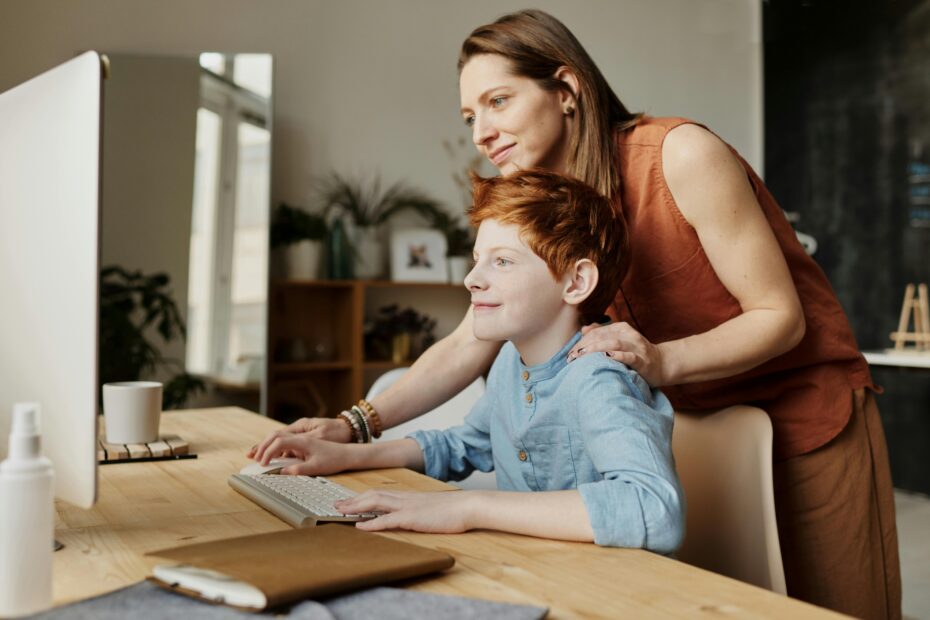The teaching approach known as “game-based learning” (GBL) employs games to engage students in educational tasks. It harnesses the fun and motivation inherent in games to enhance learning and achieve educational goals. The use of new technologies, such as interactive simulations, virtual reality (VR), and artificial intelligence (AI), further enhances game-based learning.
What Does Game-Based Learning Look Like?
While video games have had a significant influence on modern game-based learning, the idea of using games to teach dates back to the Middle Ages.
Aside from chess, several games were developed to educate military tactics and strategic thinking. In fact, Friedrich Froebel’s beliefs on teaching through play helped to shape kindergarten in the middle of the 1800s.

In today’s game-based learning environment, students make decisions, experience consequences, and strive toward a goal. Advancement occurs with well-informed decisions, while ill-informed choices incur a price, requiring continuous practice for improvement.
However, game-based learning in the classroom employs a similar methodology. Students progress through levels based on their learning and demonstrated improvement. Future pilots hone their skills toward highly specific objectives in flight simulators, exemplifying game-based learning. Engaging in hours of practice in flight simulators, pilots fully immerse themselves in the learning process and achieve their training objectives.
Why Is Game-Based Learning Important?
Just to inform you, textbooks have been around for a long time and are as common as formal education. However, textbook revision takes time. In contrast, game-based learning is highly adaptable. It offers customization and quick updates, making it an excellent and flexible learning tool.
In addition, several websites offer highly fascinating and enjoyable activities for young learners. These games aid in their keyboard and mouse control. They teach children how to browse the web, create usernames, set passwords, and so on. This is a very essential concept because our lives today revolve around technical tools and gadgets. Online games help children understand how computers work and how to use them.
How Has Technology Changed Education For Schools?
Over the last twenty years, there have been remarkable advancements in technology. For instance, in 2000, just 47% of families in the UK owned a cell phone. Today, 84% of UK people own a smartphone (including many toddlers and teenagers).

In the educational field, technology has swiftly extended throughout classrooms, revolutionizing the way pupils learn. Previously, in more traditional teaching, a classroom would have had a couple of computers for students to share. Today, it is not unusual for each student to have accessibility to their own internet resources, including a desktop or laptop or a smart device.
3 Εducation & classroom technology tools
Education technology
The field of education technology, or EdTech, encompasses any technology that supports and facilitates education. It has undergone significant changes in the last few years. This category includes software, hardware, and other devices that assist students in attending lessons virtually.
While teachers have access to numerous tech solutions, two well-liked education technology services are Google Classroom and Apex Learning, respectively. Education technology serves as the foundation for every effective remote or hybrid classroom.
Smart video cameras
Many laptops and PCs now include inbuilt webcams, making them ideal for remote learning. However, educators should consider investing in a smart video camera to take their virtual classrooms to the next level and truly duplicate the experience of live classes.

In order to follow the person speaking, smart video cameras, such as the Meeting Owl, rotate 360 degrees.
Hybrid technology
How do you make all of your virtual classroom equipment function together now that you’ve collected it? The top tech tools for teachers interact to provide a smooth learning experience for all participants.

Let’s use the Whiteboard Owl as an example. When used alongside the Meeting Owl, it records the classroom whiteboard and transmits it over your video conference platform. Utilizing the Whiteboard Enhance function enables distant learners to access the material and observe the instructor as they write on it. This provides hybrid students with the best seat in the room, regardless of their remote location.
